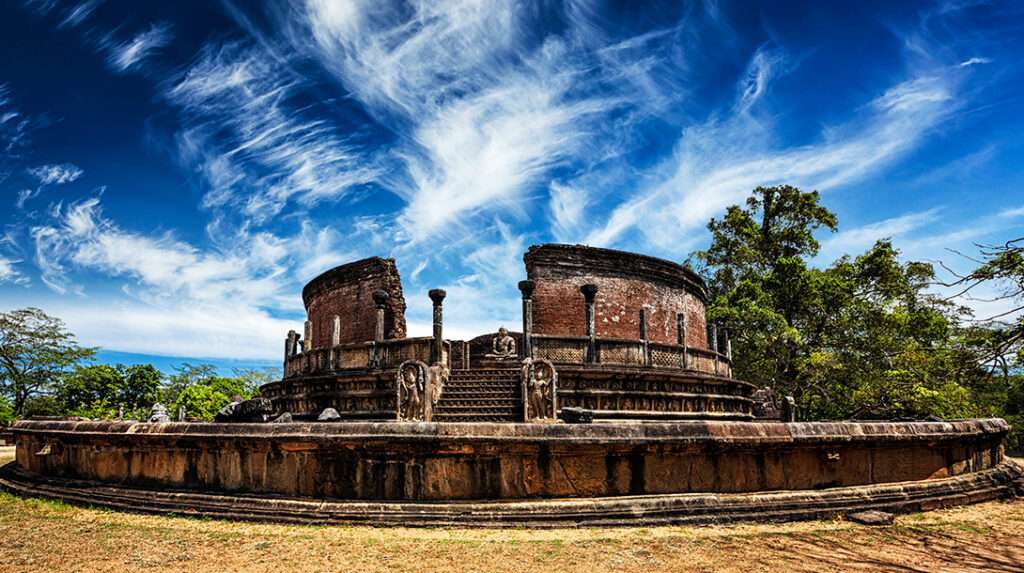Polonnaruwa, located in the North Central Province of Sri Lanka, is a captivating city that holds the remnants of an ancient kingdom. Renowned for its historical significance and architectural marvels, Polonnaruwa attracts countless visitors from around the globe. In this article, we will delve into the rich history, magnificent structures, and cultural heritage of Polonnaruwa, taking you on a fascinating journey through time.
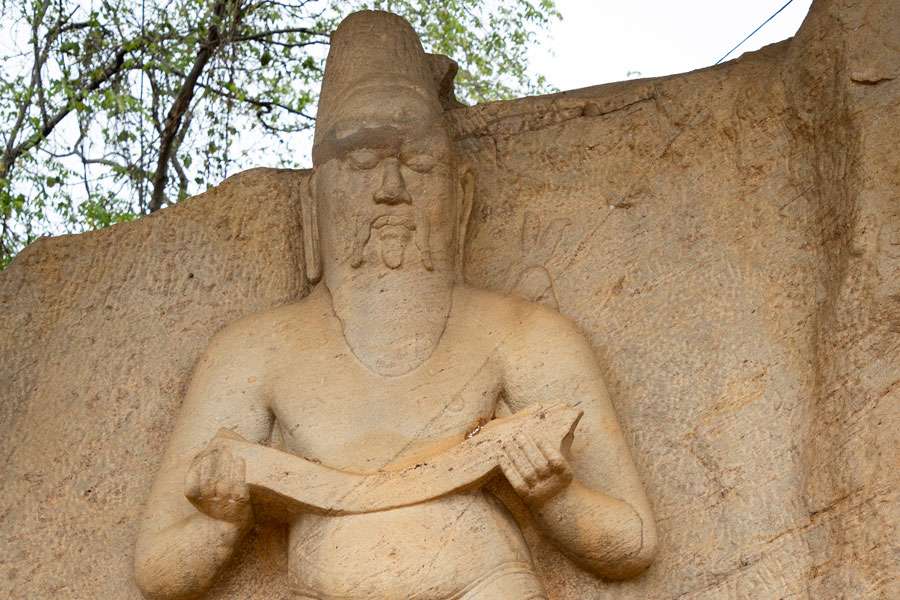
Table of Contents
- Introduction to Polonnaruwa
- Historical Background
- The Golden Age of Polonnaruwa
- Archaeological Sites in Polonnaruwa
- 4.1 Polonnaruwa Royal Palace
- 4.2 Quadrangle Complex
- 4.3 Gal Vihara
- 4.4 Lankatilaka Vihara
- 4.5 Rankoth Vehera
- 4.6 Kiri Vehera
- Polonnaruwa Museum
- Parakrama Samudra: The Sea of Parakrama
- Wildlife and Nature in Polonnaruwa
- Festivals and Celebrations
- Getting to Polonnaruwa
- Accommodation Options
- Local Cuisine
- Tips for Exploring Polonnaruwa
- Conclusion
- FAQs (Frequently Asked Questions)
Introduction to Polonnaruwa
Polonnaruwa is a city steeped in history and is a UNESCO World Heritage Site. It served as the second capital of Sri Lanka during the medieval period, spanning from the 11th to the 13th century. The city flourished under the rule of the Chola and Sinhalese kings, leaving behind a legacy that astounds visitors to this day.
Historical Background
Polonnaruwa rose to prominence in 1070 AD when King Vijayabahu I defeated the Chola invaders and established it as the capital. The subsequent kings, notably King Parakramabahu I, played a pivotal role in shaping the city’s grandeur and prosperity. However, the decline of Polonnaruwa began after repeated invasions, ultimately leading to its abandonment in the 14th century.
The Golden Age of Polonnaruwa
During the reign of King Parakramabahu I, Polonnaruwa experienced its golden age. The king was a visionary ruler who implemented extensive irrigation systems, including the iconic Parakrama Samudra, a vast reservoir that provided water for agriculture and sustenance to the entire kingdom. The city thrived as a prosperous center of trade, art, and culture.
Archaeological Sites in Polonnaruwa
Polonnaruwa boasts a myriad of archaeological wonders that offer a glimpse into the city’s glorious past. Let’s explore some of the prominent sites:
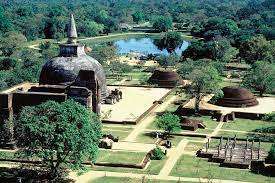
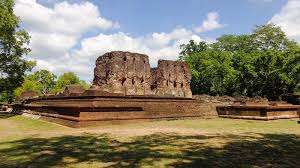

1 Polonnaruwa Royal Palace
The Polonnaruwa Royal Palace complex was the residence of the ruling monarchs. Although its grandeur has faded over time, you can still witness the layout and architectural elements that reflect the opulence of the ancient kingdom.



2 Quadrangle Complex
The Quadrangle Complex is a sacred site that houses numerous significant structures, including the Vatadage, a circular relic house believed to have enshrined the tooth relic of the Buddha. The compact layout of the complex showcases the architectural prowess of the era.


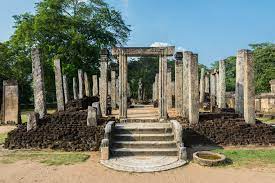
3 Gal Vihara
Gal Vihara is a collection of four breathtaking rock-cut statues of the Buddha. Carved into a granite rock face, these statues are masterpieces of ancient Sri Lankan sculpture. The serene expressions and intricate details of the statues are a testament to the artistic skills of the era.
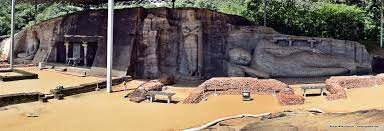

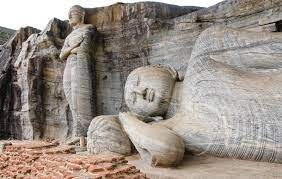
4 Lankatilaka Vihara
Lankatilaka Vihara is a remarkable brick and stone temple known for its towering image house. The temple’s towering entrance and exquisite carvings showcase the architectural brilliance of Polonnaruwa’s artisans.


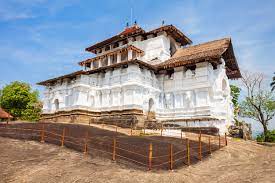
5 Rankoth Vehera
Rankoth Vehera is one of the largest stupas in Polonnaruwa and stands as a symbol of religious devotion. This impressive structure attracts pilgrims and visitors alike, offering a tranquil atmosphere for reflection.

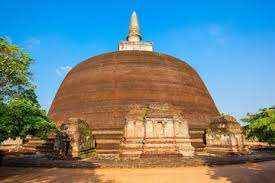

6 Kiri Vehera
Kiri Vehera, also known as the “Milk Stupa,” is another significant religious site in Polonnaruwa. The stupa’s pristine white color and peaceful surroundings make it a popular spot for meditation and spiritual contemplation.

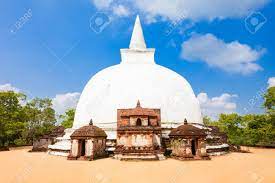
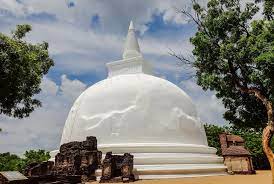
Polonnaruwa Museum
To further immerse yourself in the history of the ancient kingdom, a visit to the Polonnaruwa Museum is a must. The museum houses an extensive collection of artifacts, sculptures, and historical relics that shed light on the city’s past glory.
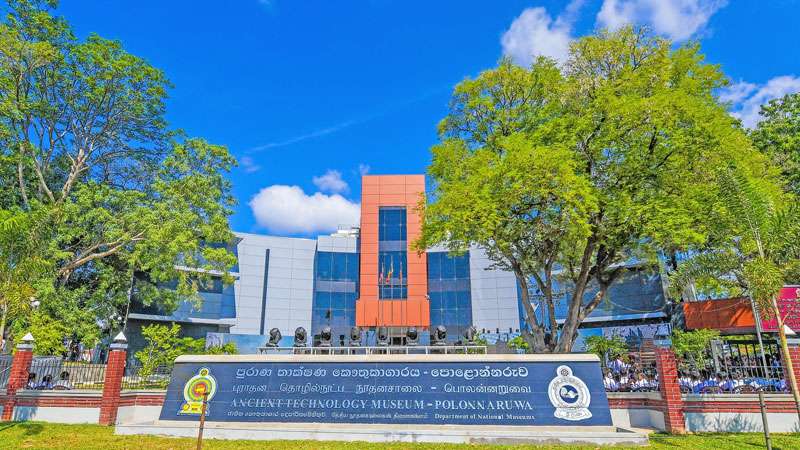
Parakrama Samudra: The Sea of Parakrama
The Parakrama Samudra, a vast man-made reservoir, is one of the most impressive engineering feats of ancient Sri Lanka. Built by King Parakramabahu the Great, this reservoir served as a vital source of irrigation for the city and its surroundings. Spanning over an area of 12,000 acres, the Parakrama Samudra not only sustained agricultural activities but also provided a scenic backdrop to the city. Visitors can enjoy boat rides or leisurely walks along its bunds, immersing themselves in the tranquility of this majestic waterbody.
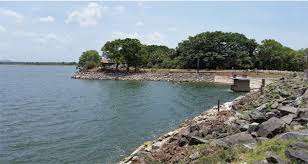
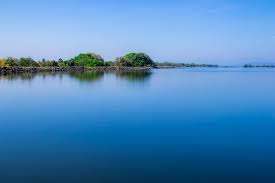
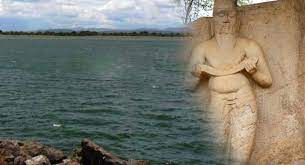
Wildlife and Nature in Polonnaruwa
Beyond its historical treasures, Polonnaruwa offers breathtaking natural landscapes and abundant wildlife. The nearby Minneriya National Park is famous for its annual gathering of elephants, known as “The Gathering.” Visitors can witness hundreds of elephants congregating around the Minneriya Tank, creating a spectacle of nature like no other.
Festivals and Celebrations
Polonnaruwa comes alive during its vibrant festivals and celebrations. The Esala Perahera, a grand procession held annually, pays homage to the Tooth Relic of the Buddha and attracts throngs of devotees and tourists. The festival features traditional music, dance, and beautifully adorned elephants, adding a touch of enchantment to the city.
Getting to Polonnaruwa
Polonnaruwa is easily accessible from major cities in Sri Lanka. Visitors can reach the city by road, rail, or air. The nearest airport is the Bandaranaike International Airport in Colombo, and from there, you can take a scenic train or bus ride to Polonnaruwa.
Accommodation Options
Polonnaruwa offers a range of accommodation options to suit every traveler’s needs. From luxury hotels to budget-friendly guesthouses, you can find a comfortable place to stay while exploring the city’s treasures.
Local Cuisine
Indulge in the flavors of Polonnaruwa by savoring the local cuisine. The city is known for its delectable rice and curry dishes, traditional sweets, and refreshing fruit juices. Don’t miss the opportunity to sample the unique flavors that reflect the culinary heritage of the region.
Tips for Exploring Polonnaruwa
- Wear comfortable footwear as you will be walking and exploring various archaeological sites.
- Stay hydrated and carry water with you, especially during the hot and humid months.
- Engage with local guides to gain deeper insights into the history and significance of the sites.
- Respect the cultural and religious customs while visiting temples and sacred sites.
- Capture memories but remember to be mindful of the historical artifacts and structures.
Conclusion
Polonnaruwa stands as a testament to the glorious past of Sri Lanka. Its ancient ruins, architectural wonders, and rich cultural heritage transport visitors back in time. By exploring Polonnaruwa, you embark on a journey of discovery, unraveling the mysteries of an extraordinary kingdom that flourished centuries ago.
FAQs (Frequently Asked Questions)
- Is Polonnaruwa accessible for wheelchair users?
- Yes, many sites in Polonnaruwa have wheelchair access, allowing everyone to explore and enjoy the historical wonders.
- How long does it take to explore Polonnaruwa?
- It usually takes a full day to explore the major sites in Polonnaruwa. Plan your visit accordingly to make the most of your time.
- Are there any guided tours available in Polonnaruwa?
- Yes, guided tours are available in Polonnaruwa. They provide valuable insights and enhance your understanding of the city’s history.
- Can I visit Polonnaruwa as a day trip from Colombo?
- Yes, it is possible to visit Polonnaruwa as a day trip from Colombo. However, it is recommended to stay overnight to fully immerse yourself in the city’s treasures.
- Is photography allowed in Polonnaruwa?
- Yes, photography is generally allowed in the archaeological sites of Polonnaruwa. However, there may be restrictions in certain areas, so it’s best to check with the authorities on-site.
